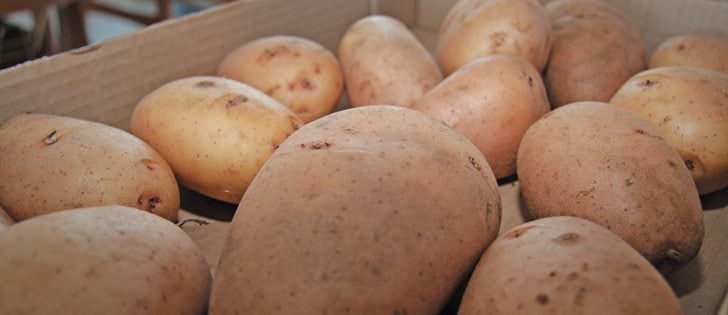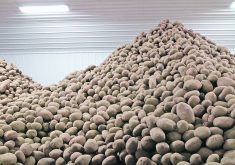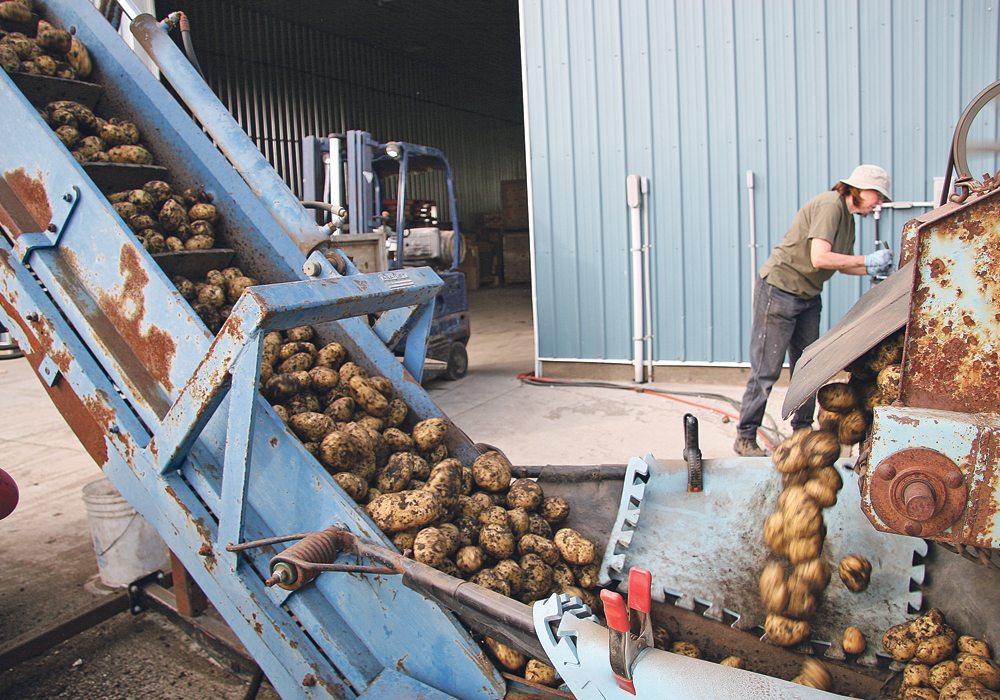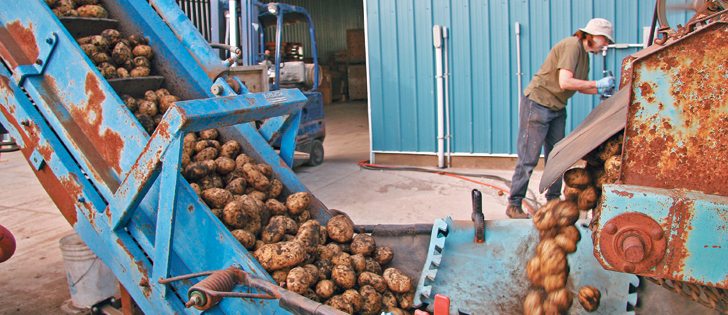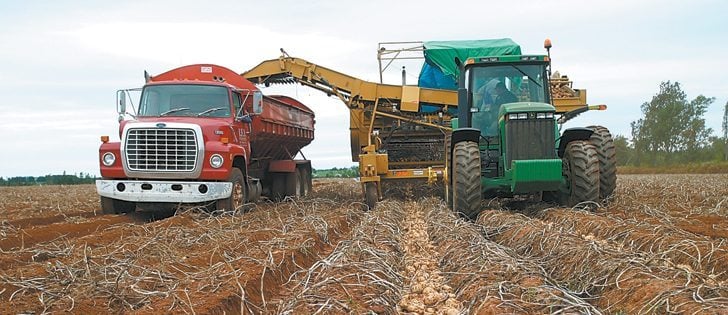Market rebounding | Asian demand for fries results in increased exports of frozen potatoes
After a decade of declining domestic demand, North America’s potato industry may have a reason to feel hopeful.
Kevin MacIsaac, United Potato Growers of Canada general manager, said North American processors exported near record amounts of frozen potatoes to Asia this spring.
“There have been some interesting things happening in the frozen market in the last two or three months,” MacIsaac said from his office in Charlottetown, P.E.I., following potato industry summer meetings held on the island in mid-July.
“When you look at frozen exports from Canada in the month of May, it’s the highest since 2007,” MacIsaac said.
Read Also

Russian wheat exports start to pick up the pace
Russia has had a slow start for its 2025-26 wheat export program, but the pace is starting to pick up and that is a bearish factor for prices.
“If you look at exports from the U.S. in the month of May, (it’s) record high exports as well.”
MacIsaac said most of the frozen potatoes going to China and other Asian countries are french fries.
John Toaspern, United States Potato Board chief marketing officer, said the Asian marketplace is a critical battleground for North America’s potato industry.
“The five to 10 percent annual growth in imports of frozen potato products in Asia creates an extremely important and much needed opportunity for (North American) potato growers,” Toaspern said in an email.
“However, there is strong competition from the EU and to a lesser extent (New Zealand) and China. The question is how much of this increasing demand will (North America) capture? Through higher quality products, promotional work by the USPB and the processors and competitive pricing, we should be able to capture the lion’s share, but it will take effort by all involved, including the growers.”
The export statistics and Asian demand are welcome news for Canada’s potato industry because acreage has declined over the last couple of years.
Statistics Canada says that producers planted 348,221 acres this year, a two percent drop from the 355,338 acres planted last year. That in turn was down 18,000 acres from 2012.
“In the last two years we’ve considerably reduced our potato acreage in Canada,” MacIsaac said.
Most of the acreage losses occurred in Manitoba, where growers planted 76,000 acres in 2012, 70,000 in 2013 and 63,384 acres this year.
Alberta growers seeded 1.6 percent more potatoes, going from 52,483 acres in 2013 to 53,334 acres this year. Prince Edward Island acres increased 1.7 percent to 90,500 from 89,000 acres last year.
McCain Foods has warned Manitoba growers about the need to accept lower prices for process potato contracts because the company can shift production to places like the Pacific Northwest where potatoes are cheaper.
Potato growers in Washington state can generate yields of 600 to 700 hundredweight per acre, compared to average yields of 300 cwt. per acre in Manitoba.
American potato acreage has increased slightly, moving from 941,900 acres last year to 955,400 this year, according to the U.S. Department of Agriculture.
Idaho growers planted 301,000 acres, up only 1,000 acres from last year.
MacIsaac said Canada’s potato crop is a week to 10 days behind normal development, but overall the crop looks decent.


